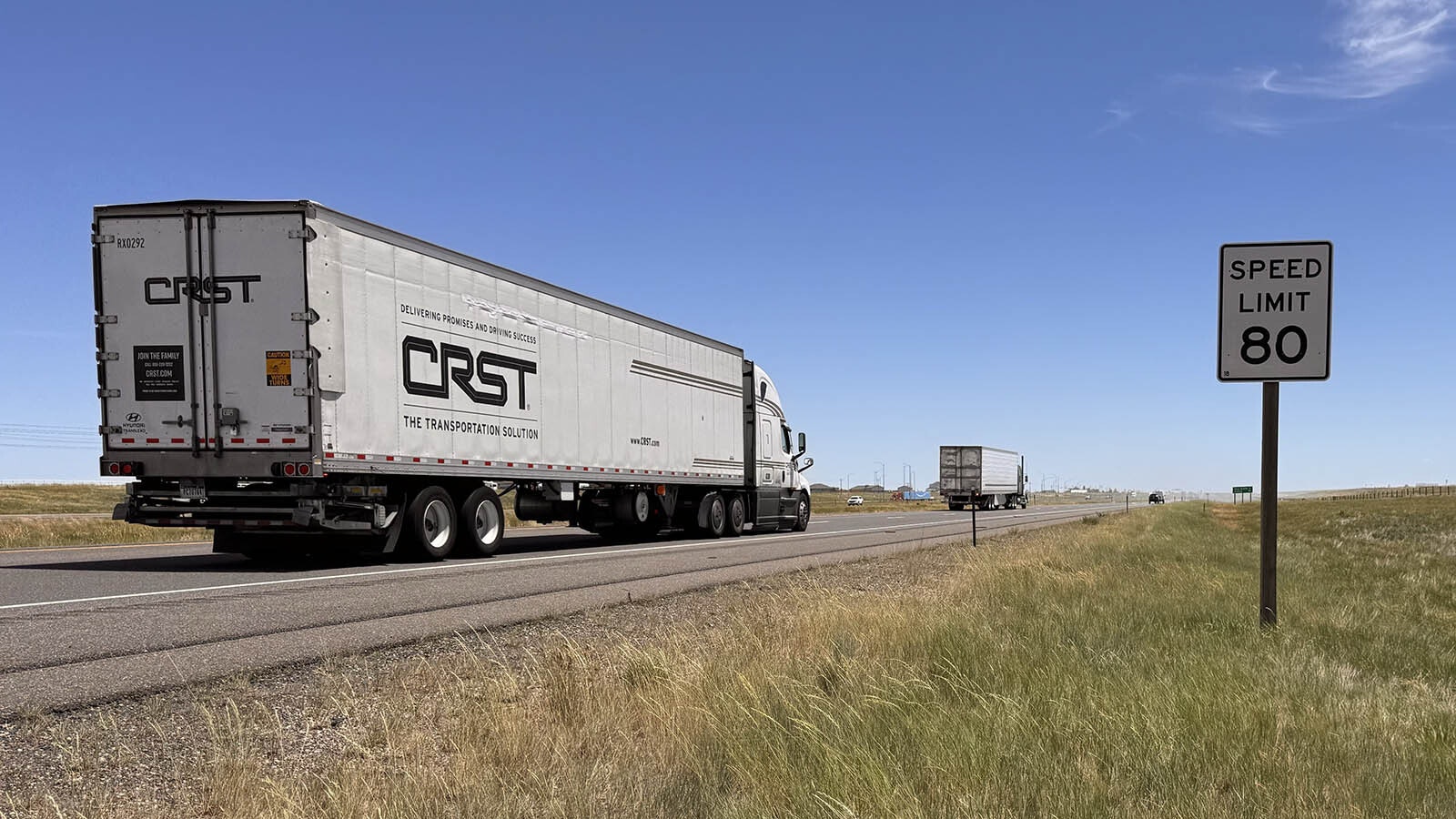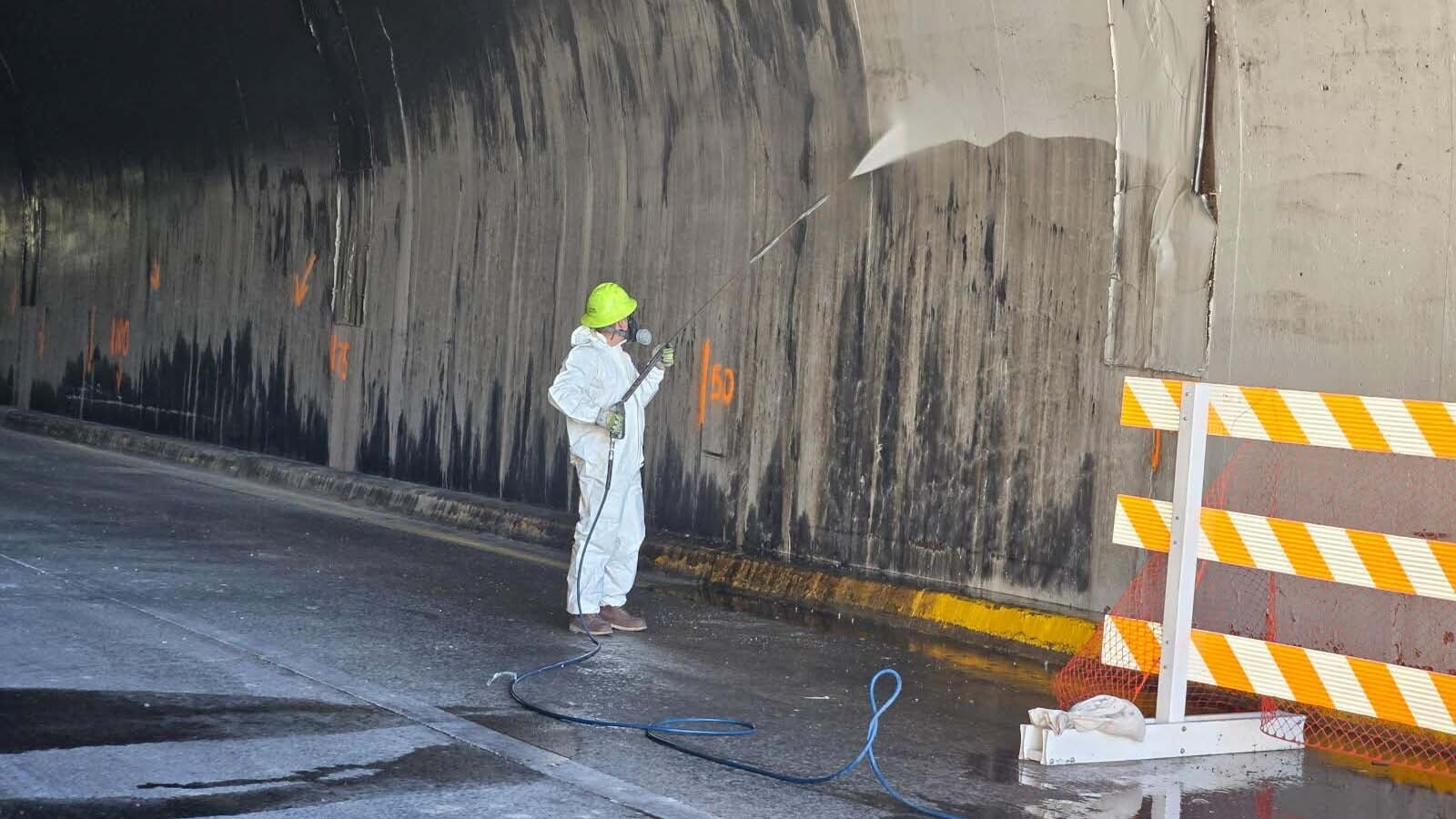By Wendy Corr, Cowboy State Daily
There’s a section of mountain highway just west of Buffalo in the Bighorns known locally as “Deadman’s Curve” that is aptly named, especially for out-of-state “flatland” drivers unaware or unbelieving of the dangers. Even with multiple safety measures in place, it continues to claim lives as authorities seek better accident prevention on the steep grade.
Last week, a fiery crash claimed the life of a semi truck driver who failed to navigate the winding highway. Javier Cardoso-Reyes, of Katy, Texas, was killed on Aug. 17 when he lost control of his tractor-trailer in Mosier Gulch, the canyon that carries drivers down Highway 16 into Buffalo.
Cardoso-Reyes is not the first to die on that highway – but Wyoming Department of Transportation (WYDOT) officials certainly hope he is the last.
WYDOT has embarked on a campaign aimed to educate drivers unfamiliar with the winding path and steep grade of that section of Highway 16.
“The safety of the traveling public is always first and foremost for WYDOT,” said public information official Laura Dalles. “And so whenever we get an incident that happens on any of our routes, we’re going to do some sort of education.”
Non-Resident Drivers
She and Dustin Hockett, WYDOT maintenance supervisor pointed out that the majority of drivers that are involved in crashes coming down the mountain are not locals.
“It seemed like they were mostly bentonite trucks or sheet rock coming from the other side of the mountain,” Hockett said. “The non-resident, flatland truckers that come from Miami, Texas, those areas, that aren’t familiar with mountain driving, and they get routed over (the Bighorns).”
Hockett said the majority of crashes on that stretch of Highway 16 happen in the summer – not in winter months, where weather might create additional hazards.
“It is a loss of brakes,” Hockett said, regarding the main reason drivers lose control in Mosier Gulch. “And then if their load shifts trying to make that corner at a high rate of speed, it just pulls them right over.”
“Local drivers, even local to Wyoming, they know how to drive mountain passes around here,” said Dalles. “A large amount of (crashes) are out-of-staters, and newer to the trucking industry.”
Safety Measures
WYDOT has installed several safety measures on Highway 16 just west of Buffalo. A brake check area allows drivers to let their brakes cool before the steep grade begins; and there is an “unofficial” runaway truck ramp on the opposite side of the highway.
“There’s been a few trucks that still use it,” said Hockett. “But legally we can’t sign it as a runaway truck ramp because they cross traffic.”
In the early 2000s, though, WYDOT installed a CatchNET arrestor on the downhill side of the highway, which is an automated system designed to stop runaway vehicles using a series of strong nets.
“That was about the only thing we could do,” said Hockett, “because there was no way we could try to build a gravity truck ramp on that side.”
Hockett said the CatchNET arrestor has saved lives almost every year since its installation.
“We’ve had no fatalities with any trucks using that ramp,” he said. “And no injuries.”
However, the incident report regarding Cardoso-Reyes’ crash shows that he drove right by the CatchNET arrestor for unknown reasons.
Frequent Crashes
The crash that claimed the life of Cardoso-Reyes was not the first incident on that stretch of road this summer. In early July, another semi truck driver lost control of his vehicle coming down Mosier Gulch, but managed to escape the truck’s cab before it crashed through the guard rail.
“I think it’s been about eight or nine years, since we’ve had a fatality there,” Hockett said.
But the CatchNET arrestor has prevented several potentially fatal crashes, according to WYDOT records.
However, the CatchNET system, as much as it has helped, could be improved, said Dalles.
“We’re finding that some of the technology isn’t quite adequate enough,” she said.
So the agency is in the process of upgrading materials, as well as the deployment mechanisms, on both the arrestor on Highway 16 and a similar safety measure on Highway 22 over Teton Pass.
“We’re in the process of getting final design plans in place to do the upgrades to that CatchNET system,” said Dalles.
Educating the Public
Dalles said WYDOT has installed an information board to inform drivers about the number of turns and percentage of grade they can look forward to on the downward side of Highway 16 west of Buffalo.
“Folks that come down there and have unfortunate luck, it’s not because we’re not informing them what’s ahead of them,” Dalles said. “Most of it is operator error, and poor choices.”





